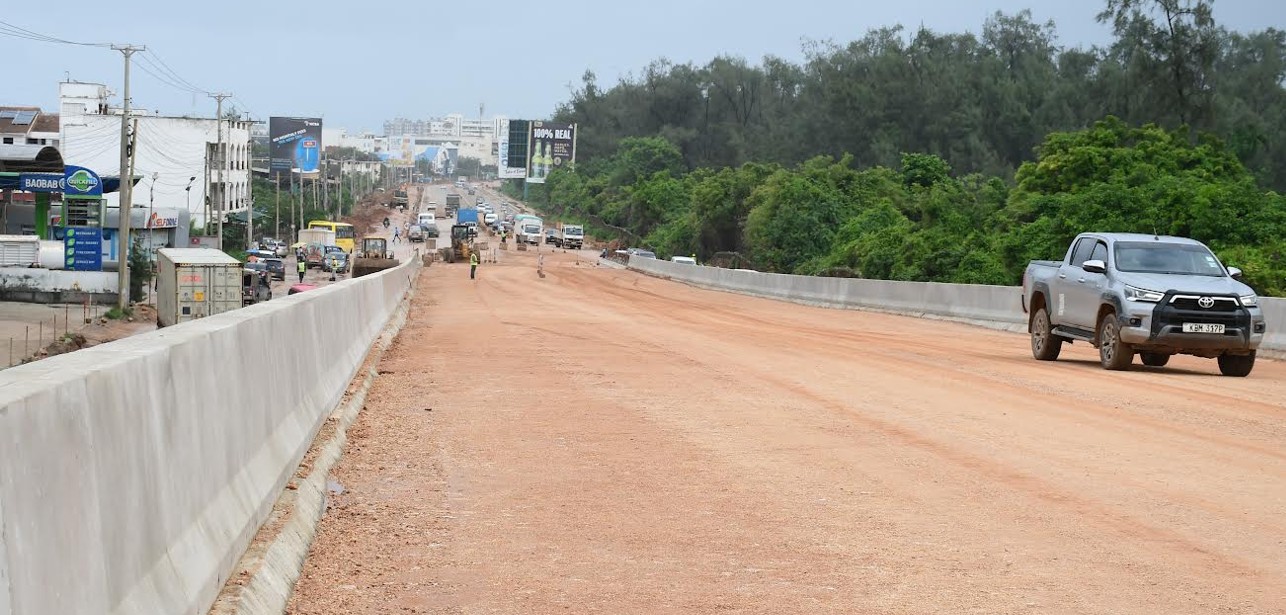CAK report reveals gender disparity in online news consumption

The report also showed the unchanged landscape of media consumption locations, with homes remaining the primary setting for media engagement.
More men than women in the country read online newspapers, a report by the Communications Authority of Kenya (CAK) has revealed.
The ‘Audience Measurement and Industry Trends Report' for the third quarter of the financial year 2023–24 (January–March) notes that 23 per cent of men were found to be actively consuming online newspapers in quarter 1, a figure that stood in quarter 2. Quarter 3 saw a slight increase in the share to 26 per cent.
More To Read
- Mobile phone user awarded Sh400,000 after repeated unauthorised spam messages
- High Court nullifies Communications Authority's broadcast ban on June 25 demos
- Communications Authority dismisses claims of mandatory biometric data for SIM registration
- Communications Authority of Kenya takes LSK to court over controversial cybercrime law
- Kenya records 842 million cyber threats as AI-powered attacks escalate
- CA orders telecom operators to adopt licensed digital certification services or face penalties
In contrast, female engagement with online newspapers remained consistently lower throughout the survey period. The figure was 12 per cent in quarter 1, 10 per cent in quarter 2, and 11 per cent in quarter 3.
“These findings suggest a steady preference among men for accessing news content through digital platforms while lower level of interest among females,” reads the report.
The CAK also delved into other media consumption patterns, revealing that men led in radio listenership and television viewing across all three quarters.
Eighty per cent of men listened to the radio in quarter 1, with the figure rising slightly to 81 per cent in quarter 2, and returning to 80 per cent in quarter 3.
Female engagement with radio was comparatively lower, the figures being 74 per cent, 76 per cent, and 71 per cent, respectively, in the three quarters.
Similarly, men dominated television viewing, with 77 per cent, 80 per cent, and 79 per cent in quarter 1, quarter 2, and quarter 3, respectively, while female viewership stood at 70 per cent, 71 per cent, and 72 per cent, respectively, in the same periods.
Men also led in internet usage and magazine reading.
Prime locations
The report also showed the unchanged landscape of media consumption locations, with homes remaining the primary setting for media engagement.
It indicated that radio is preferred in workplace environments, while television content dominates social settings such as bars, restaurants, and hotels.
In a one-week review, findings revealed that over 70 per cent of respondents cited watching TV and listening to the radio as their top leisure activities.
Although there were no significant changes in television and internet engagement, the data indicated a slight decline in radio listenership in the current quarter.
Magazine readership experienced a minor reduction, while newspaper reading saw a slight increase.
The report also states that in rural areas, radio enjoys greater popularity, whereas urban areas display a stronger inclination towards television.
“Radio's widespread popularity in rural Kenya is due to its accessibility, affordability, relevance to local cultures and languages, and its ability to foster community cohesion and engagement,” reads the report.
However, rural regions face challenges such as inadequate electricity and internet connectivity, resulting in lower internet penetration rates compared to urban areas.
“Broadcasting towers may struggle to reach remote regions, limiting the availability and quality of broadcasting services in these areas. The inadequate coverage of 4G networks, particularly in rural remote areas, restricts the quality of internet service available to a large segment of the population,” reads the report.
Additionally, the high cost of internet bundles relative to average income contributes to lower internet access rates, particularly among those in lower Living Standard Measure (LSM) segments.
This disparity is evident in the data, with only 38 per cent internet access reported among lower LSM segments in quarter 1, and 36 per cent in quarters 2 and 3.
Top Stories Today












































